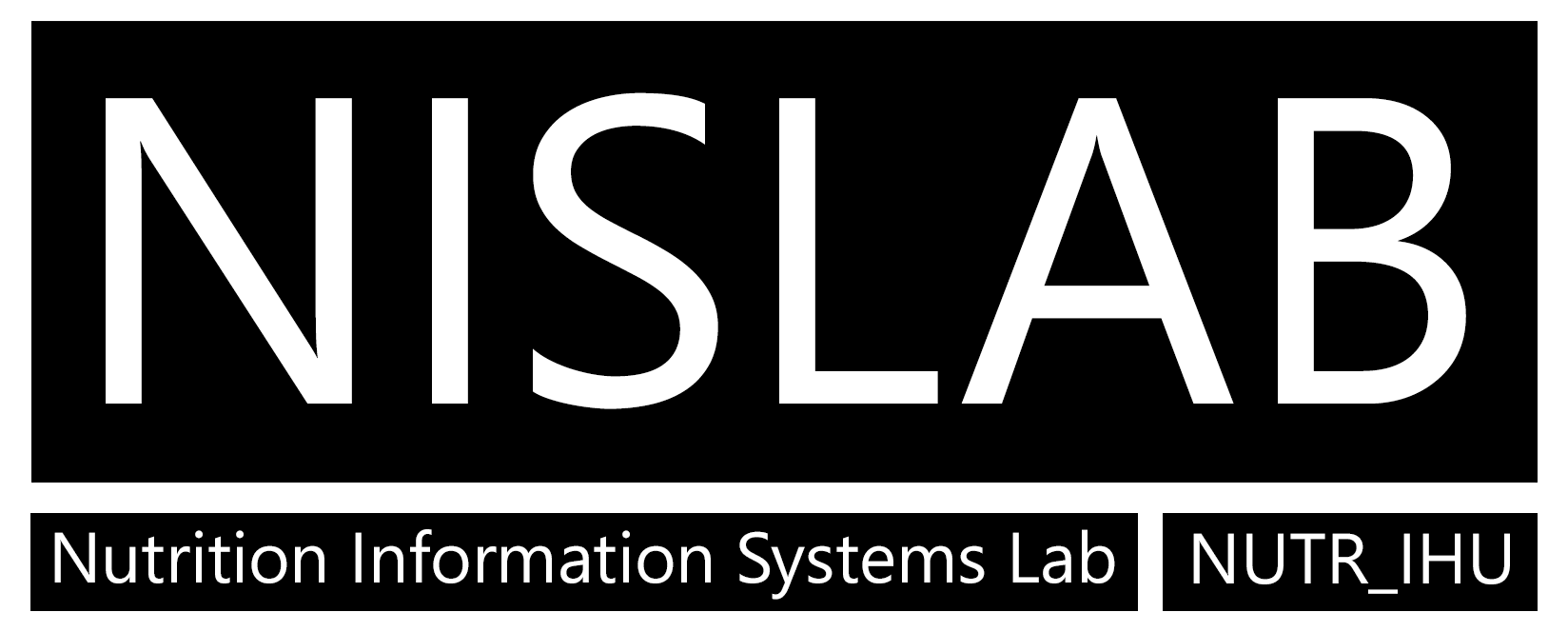 |
Acronym: WHO – COS Name: WHO – Childhood Obesity Surveillance Initiative Duration: 2012-today Project Website: COSI at WHO Europe |
The WHO European Childhood Obesity Surveillance Initiative (or COSI), is a unique system that for over 10 years has measured trends in overweight and obesity among primary school aged children. COSI involves taking standardized weight and height measurements from over 300 000 children across the WHO European Region, providing nationally representative data for participating countries, as well as a large Region-wide data set for analysis of the determinants of childhood overweight and obesity
The Department of Nutritional Sciences and Dietetics of the International Hellenic University (IHU) is responsible for COSI Data collection actions in Greece since 2010, when Greece joined the initiative (Round 2). NISLAB is assisting in coordinating the data collection and also developed and maintains the NUTR.IHU questionnaires platform which is used for all online surveys.
Relevant Publications:
- NCD Risk Factor Collaboration (NCD-RisC), “General and abdominal adiposity and hypertension in eight world regions: a pooled analysis of 837 population-based studies with 7·5 million participants,” The Lancet, vol. 404, no. 10455, pp. 851–863, Aug. 2024 DOI: 10.1016/S0140-6736(24)01405-3
- NCD Risk Factor Collaboration (NCD-RisC), “Worldwide trends in underweight and obesity from 1990 to 2022: a pooled analysis of 3663 population-representative studies with 222 million children, adolescents, and adults,” The Lancet, vol. 403, no. 10431, pp. 1027–1050, Mar. 2024 DOI: 10.1016/S0140-6736(23)02750-2
- NCD Risk Factor Collaboration (NCD-RisC), “Diminishing benefits of urban living for children and adolescents’ growth and development,” Nature, vol. 615, no. 7954, Art. no. 7954, Mar. 2023 DOI: 10.1038/s41586-023-05772-8
- NCD Risk Factor Collaboration (NCD-RisC), “Heterogeneous contributions of change in population distribution of body mass index to change in obesity and underweight,” eLife, vol. 10, p. e60060, Mar. 2021 DOI: 10.7554/eLife.60060
- NCD Risk Factor Collaboration (NCD-RisC), “Height and body-mass index trajectories of school-aged children and adolescents from 1985 to 2019 in 200 countries and territories: a pooled analysis of 2181 population-based studies with 65 million participants,” The Lancet, vol. 396, no. 10261, pp. 1511–1524, Nov. 2020 DOI: 10.1016/S0140-6736(20)31859-6
- NCD Risk Factor Collaboration (NCD-RisC), “Rising rural body-mass index is the main driver of the global obesity epidemic in adults,” Nature, vol. 569, no. 7755, pp. 260–264, May 2019.
- WHO COSI Research group (A. Spinelli et al.), “Prevalence of Severe Obesity among Primary School Children in 21 European Countries,” OFA, vol. 12, no. 2, pp. 244–258, 2019.
- M. Hassapidou, T. Tzotzas, E. Makri, I. Pagkalos, I. Kaklamanos, E. Kapantais, A. Abrahamian, A. Polymeris, and K. Tziomalos, “Prevalence and geographic variation of abdominal obesity in 7-and 9-year-old children in Greece; World Health Organization Childhood Obesity Surveillance Initiative 2010,” BMC Public Health, vol. 17, no. 1, p. 126, 2017.
- M. Hassapidou, E. Daskalou, F. Tsofliou, K. Tziomalos, A. Paschaleri, I. Pagkalos, and T. Tzotzas, “Prevalence of overweight and obesity in preschool children in Thessaloniki, Greece.,” HORMONES, 2015.
